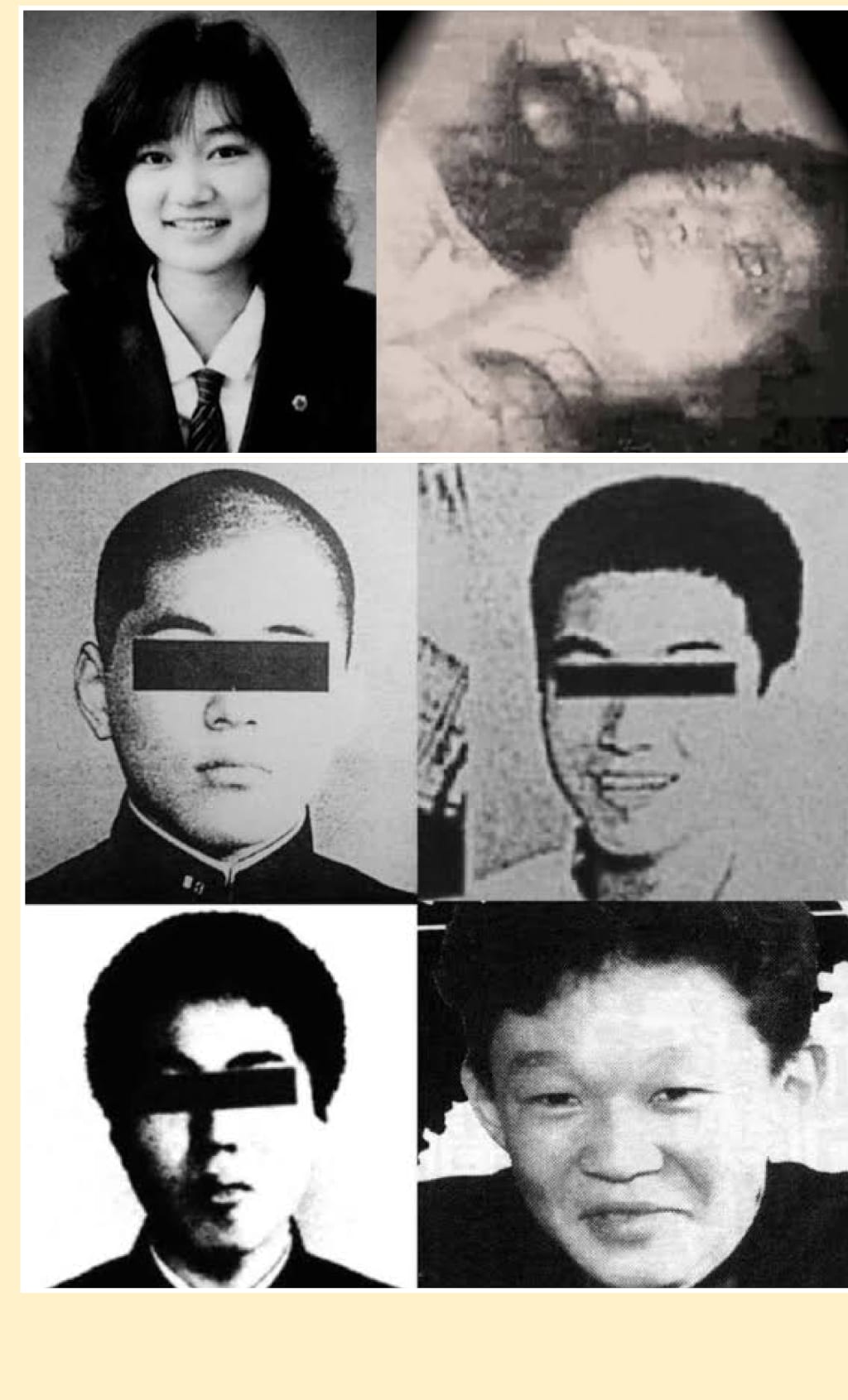The story of Junko Furuta is one of the darkest and most harrowing tales in modern history. It serves as a stark reminder of humanity's capacity for cruelty and the devastating consequences of inadequate legal systems. This article delves into her tragic case, examining its details, implications, and lingering questions.
Understanding the Tragedy: Who Was Junko Furuta?
Junko Furuta (古田 順子 Furuta Junko, January 18, 1971 – January 4, 1989) was a high school student from Misato, Saitama Prefecture, Japan. On November 25, 1988, her life took a tragic turn when she was abducted by four male teenagers. Over the next 44 days, she endured unimaginable suffering—raped repeatedly, tortured, and held captive in an abandoned apartment. Her ordeal ended on January 4, 1989, when she succumbed to her injuries.
This young girl faced unimaginable horrors during those 44 days, enduring nearly 400 instances of sexual violence and physical torture. Despite her immense pain, accounts suggest that her spirit remained unbroken. Even in her final moments, she prayed for justice—a testament to her resilience and courage.
A Case That Shocked the Nation
The extent of the crimes committed against Junko Furuta shocked not only Japan but also the entire world. What makes this case even more disturbing is how leniently the perpetrators were treated under Japanese juvenile laws at the time. All four offenders were minors, which meant they could not be tried as adults. As a result, their sentences were far lighter than what many believed appropriate given the severity of their actions.
One of the most unsettling aspects of the case is that all four individuals confessed to their crimes, detailing every horrific act with chilling precision. Yet, despite their admissions, none received punishments commensurate with the gravity of their offenses. Today, these men are free, living ordinary lives while Junko rests in peace.
Legal Implications and Public Reaction
The decision to classify the offenders as juveniles sparked widespread outrage among the public and legal experts alike. Critics argued that such heinous acts warranted adult-level accountability. However, due to strict interpretations of Japan’s juvenile justice system at the time, the court had limited options for sentencing.
While some measures have since been implemented to address similar cases, many believe the changes came too late for Junko and countless others affected by violent crimes committed by juveniles. The case highlighted flaws within the judicial framework and prompted discussions about reforming laws governing juvenile delinquency.
Remembering Junko Furuta
In memory of Junko Furuta, various online communities and social media platforms honor her legacy. Pages dedicated to her story serve as both memorials and educational resources, ensuring that future generations understand the importance of seeking justice for victims of violent crime.
Artists and musicians have also paid tribute through creative works inspired by her tragedy. Tracks like Junko Furuta by Danilla and collaborations with other artists aim to keep her memory alive while raising awareness about issues surrounding victim rights and criminal justice reform.
Conclusion: Lessons Learned
Junko Furuta’s case remains etched in history as a cautionary tale about the dangers of insufficient legal protections for vulnerable populations. While no amount of retrospection can undo the harm inflicted upon her, it is crucial to learn from past mistakes and strive toward creating safer societies where such atrocities cannot occur again.
(Warning: This article contains information regarding torture and violence that may disturb sensitive readers.)

